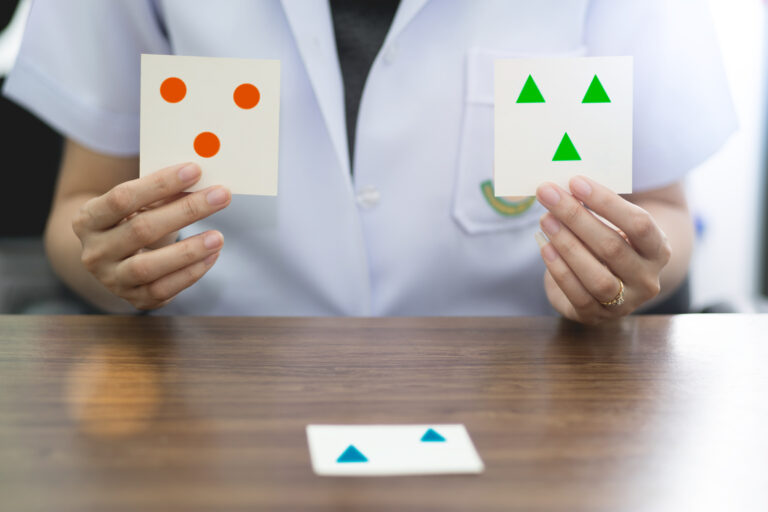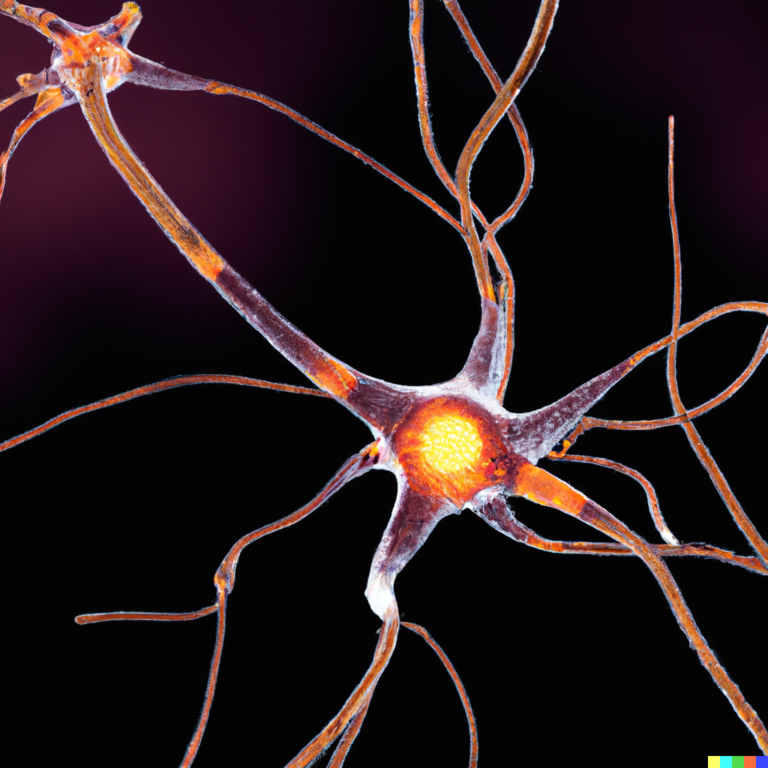Feeling “dead inside” every day after the age of 33 can be a deeply unsettling experience. This sensation often reflects more than just a passing mood; it may signal underlying emotional or mental health struggles that become more apparent as life’s pressures and changes accumulate.
One common reason people feel this way is related to what some call a midlife crisis, which can begin in the early to mid-30s for some individuals. During this period, you might start feeling boxed in by past decisions—whether about your career, relationships, or lifestyle—and question whether you’ve achieved what you hoped for. This can lead to irritability and frustration with yourself and those around you. Nostalgia becomes frequent as you idealize your younger years when life seemed full of potential and excitement. You might also notice impulsive behaviors like overspending or increased substance use as ways to cope with these feelings, though these actions rarely bring lasting satisfaction.
Another key factor is depression, which often manifests differently in adults beyond their early 30s compared to younger people. Instead of overt sadness, depression might show up as persistent fatigue, loss of motivation, irritability, or a bleak outlook on the future without any clear cause. Sleep disturbances are common—difficulty falling asleep or waking up frequently during the night—which only worsen exhaustion and make daily functioning harder. These symptoms contribute heavily to feeling emotionally numb or “dead inside,” where even activities that once brought joy now feel pointless.
A specific symptom closely tied to this numbness is anhedonia—the inability to feel pleasure from things that used to be enjoyable. Hobbies lose their appeal; social interactions seem meaningless; intimacy feels distant; even simple daily pleasures fade away. Unlike social anxiety where fear drives withdrawal from others, anhedonia involves withdrawing because there simply seems no reward in engaging with life’s usual sources of happiness.
All these experiences are interconnected: questioning life’s purpose during midlife transitions can trigger depressive symptoms including anhedonia and fatigue; depression itself deepens feelings of emptiness and disconnection from self and others.
If you’re feeling dead inside every day after 33—or at any age—it’s important not to ignore these signs because they reflect real mental health challenges rather than just normal aging or stress responses. Seeking support through counseling or medical help can open pathways toward understanding why you’re feeling this way and finding strategies for relief—even if it feels impossible right now.
Life’s middle years bring many changes—some expected like aging bodies and shifting roles—and some unexpected like emotional lows that cloud your sense of self-worth and joy—but addressing them head-on offers hope for rediscovering meaning beyond the numbness that has taken hold so far.





